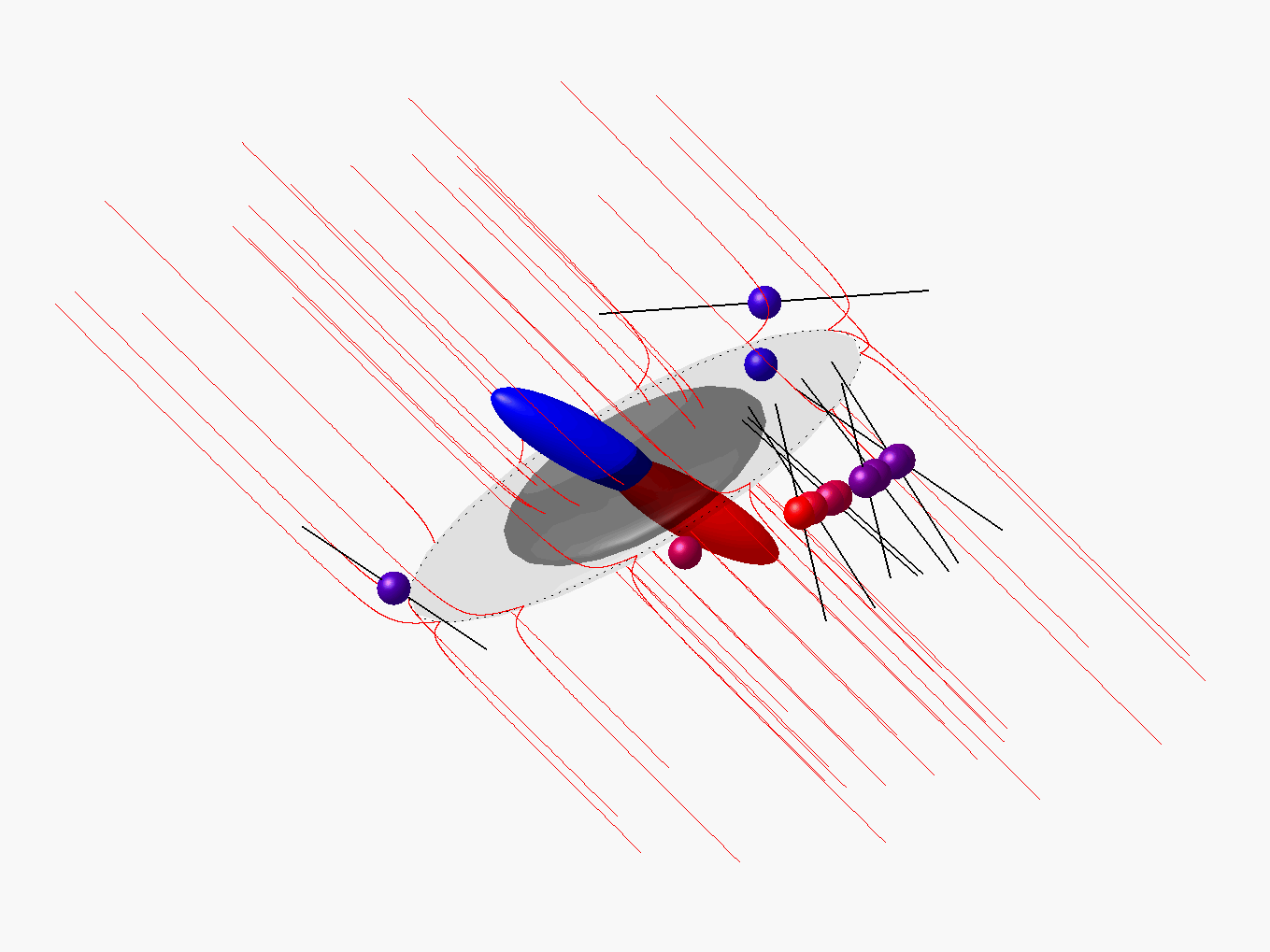| Description: | Massive stars, more than 8 times the mass of the Sun, are crucial to the formation of other stars, planets and even life. Though rare, they dominate the content and evolution of the interstellar material in the Galaxy and are responsible for the production of heavy elements such as iron. However, the question of how massive stars are formed has proved extremely difficult to answer. The role of magnetic fields in particular has been a topic of great debate. Many astrophysicists have argued that radiation and turbulence would be the more dominant factors, and hence their formation process would be significantly different from that of less massive stars such as our Sun. While magnetic fields have been observed in the molecular clouds from which the less heavy stars form, observations have been lacking close to massive stars.
In a paper to appear in MNRAS this week, Wouter Vlemmings (Bonn University) and his collaborators, including Huib van Langevelde (JIVE/Leiden) and Kalle Torstensson (Leiden/JIVE), have managed to observe the 3-dimensional magnetic field structure around the disk of the massive newly forming star (or protostar) Cepheus A HW2. Cepheus A is, at a distance of 700pc, one of the nearest regions where massive stars form and earlier observations of this region revealed the presence of a disk from which the gas falls on to HW2. In their new MERLIN observations of the polarization of methanol masers, the team has found that the magnetic field is surprisingly regular and strong, implying that it is controlling how the matter is transferred through the disk to feed the growing embryonic star.
|

